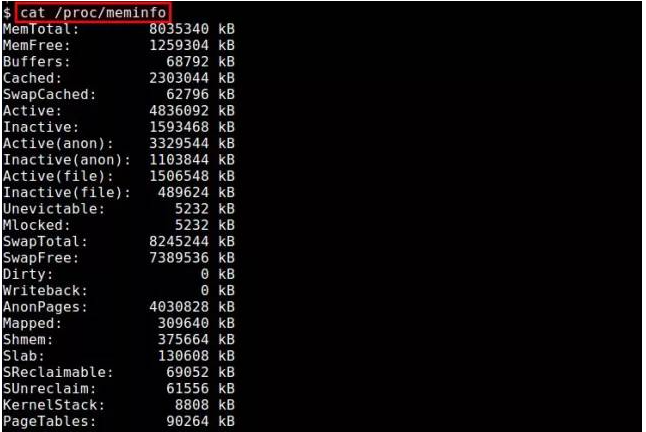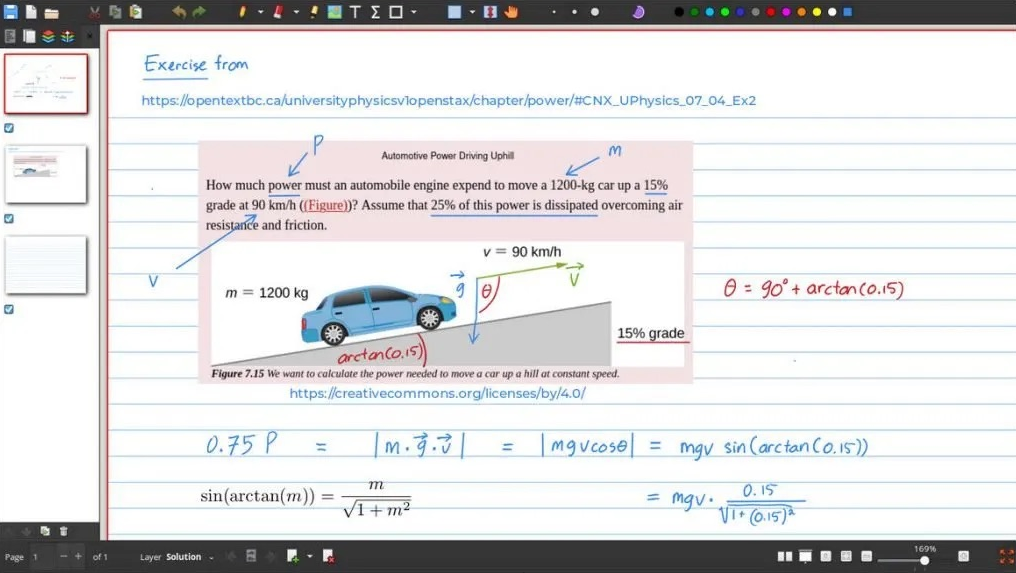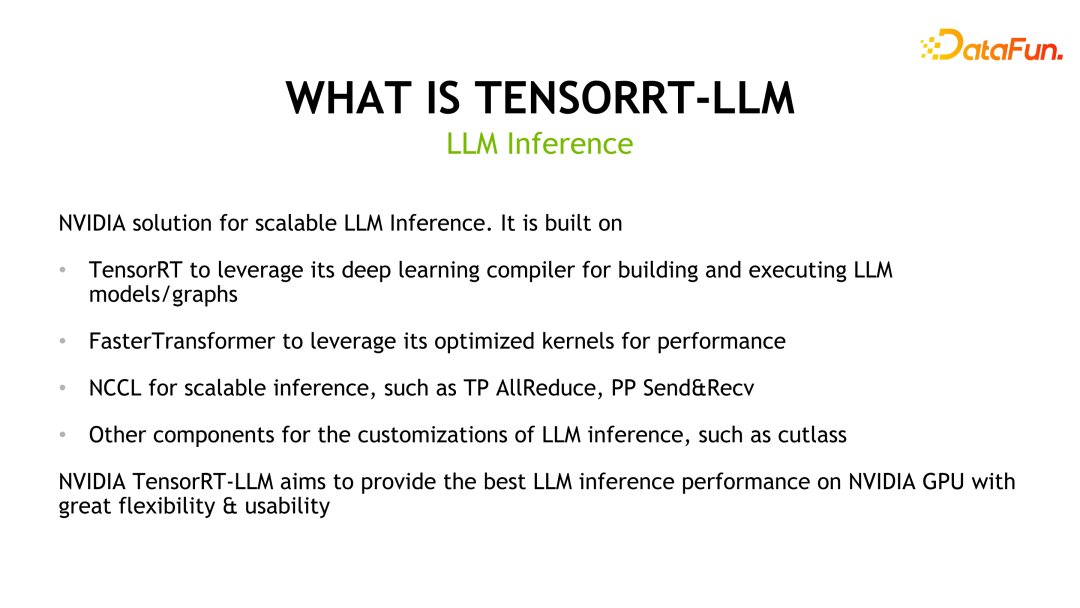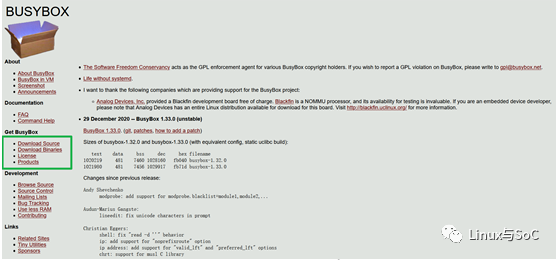 Java
Java javaTutorial
javaTutorial Discuss the differences between Java heap and stack and their impact on program execution efficiency
Discuss the differences between Java heap and stack and their impact on program execution efficiency
Analysis of the difference between Java heap and stack and the impact on program performance
Java is an object-oriented programming language that runs on the Java Virtual Machine (JVM) superior. In the running process of Java programs, memory allocation and management are very important links. Memory in Java is mainly divided into two areas: Heap and Stack. This article will analyze the differences between Java heap and stack in detail and explore their impact on program performance.
1. The difference between Java heap and stack
- Storage content
The Java heap is used to store Java objects. At runtime, Java objects are dynamically allocated on the heap and accessed through references. Objects in the heap store object instance variables and some additional information (for example, object headers automatically added by the virtual machine).
The stack is used to store local variables and the context of method calls, which are created and destroyed as the method is executed. The stack stores basic type data and object references, but does not store the object itself.
- Allocation method
The allocation of the heap is dynamic and requires manual operation of memory management. You can allocate objects by calling the new keyword, or you can use the garbage collection mechanism to recycle objects that are no longer used. .
The allocation of the stack is automatic, and its memory management is automatically controlled by the JVM. When a method is called, a stack frame (Stack Frame) is automatically created in the stack. When the method ends, the stack frame is Pop from the stack.
- Space size
The size of the heap is fixed and is determined by the parameters-Xmsand-Xmxwhen starting the JVM.-Xmsis the initial size of the heap,-Xmxis the maximum size of the heap. In the heap, there is a young generation and an old generation.
The size of the stack is generally small and varies depending on the implementation of the JVM.
- Memory allocation efficiency
The efficiency of heap memory allocation is relatively low, because the allocation of heap space requires dynamic application of memory, and garbage collection operations are required to maintain the effective space of the heap.
The allocation and release of stack memory is very fast. You only need to move the top pointer of the stack and do not need to spend extra time for garbage collection.
2. Impact on program performance
- Influence of heap
Since the allocation of heap memory requires dynamic application and recycling, the operation of heap memory is relatively slow. Frequent heap memory allocation and deallocation will cause additional overhead and may lead to memory fragmentation. Therefore, in scenarios with high performance requirements, frequent heap memory allocation should be avoided, and memory application and recycling operations can be reduced through technical means such as object pools or caches. - Influence of stack
The allocation and release of stack memory is very efficient, so in scenarios with frequent method calls, the use of stack memory is very efficient. Moreover, the stack memory has a fixed size, which can help the JVM better manage memory and control memory usage.
However, the size of stack memory is limited, and too many method calls may cause stack overflow (Stack Overflow) errors. Therefore, you need to be careful when writing recursive methods to ensure that the depth of recursion does not exceed the capacity of the stack.
Code example:
public class StackOverflowExample {
public static void main(String[] args) {
recursiveMethod(0);
}
public static void recursiveMethod(int count) {
try {
recursiveMethod(count + 1);
} catch (StackOverflowError e) {
System.out.println("Stack Overflow Error");
e.printStackTrace();
}
}
}The above code is an example of a recursive method that continuously calls itself. When the recursion depth is too large and exceeds the size of the stack space, a stack overflow error will be thrown.
To sum up, the Java heap and stack have different characteristics in memory allocation and management. Understanding their differences and impact on program performance can help developers write more efficient Java programs. In actual development, it is necessary to use the Java heap and stack reasonably according to specific scenarios and needs to improve the performance and stability of the program.
The above is the detailed content of Discuss the differences between Java heap and stack and their impact on program execution efficiency. For more information, please follow other related articles on the PHP Chinese website!
 Linux下查看内存使用情况方法总结Feb 05, 2024 am 11:45 AM
Linux下查看内存使用情况方法总结Feb 05, 2024 am 11:45 AMQ:我有一个问题,我想要监视Linux系统的内存使用情况。在Linux下有哪些可用的视图或命令行工具可以使用呢?A:在Linux系统中,有多种方法可以监视内存使用情况。下面是一些通过视图工具或命令行来查看内存使用情况的方法。/proc/meminfo:最简单的方法是查看/proc/meminfo文件。这个虚拟文件会动态更新,并提供了关于内存使用情况的详细信息。它列出了各种内存指标,可以满足你对内存使用情况的大部分需求。另外,你还可以通过/proc//statm和/proc//status来查看进
 Linux 上的最佳白板应用程序Feb 05, 2024 pm 12:48 PM
Linux 上的最佳白板应用程序Feb 05, 2024 pm 12:48 PM“我们将介绍几款适用于Linux系统的白板应用程序,相信这些信息对您会非常有帮助。请继续阅读!”一般来说,数字白板是一种用于大型互动显示面板的工具,常见的设备类型包括平板电脑、大屏手机、触控笔记本和表面显示设备等。当教师使用白板时,您可以使用触控笔、手写笔、手指甚至鼠标在设备屏幕上进行绘画、书写或操作元素。这意味着您可以在白板上拖动、点击、删除和绘画,就像在纸上使用笔一样。然而,要实现这一切,需要有一款软件来支持这些功能,并实现触控和显示之间的精细协调。目前市面上有许多商业应用可以完成这项工作。
 揭秘NVIDIA大模型推理框架:TensorRT-LLMFeb 01, 2024 pm 05:24 PM
揭秘NVIDIA大模型推理框架:TensorRT-LLMFeb 01, 2024 pm 05:24 PM一、TensorRT-LLM的产品定位TensorRT-LLM是NVIDIA为大型语言模型(LLM)开发的可扩展推理方案。它基于TensorRT深度学习编译框架构建、编译和执行计算图,并借鉴了FastTransformer中高效的Kernels实现。此外,它还利用NCCL实现设备间的通信。开发者可以根据技术发展和需求差异,定制算子以满足特定需求,例如基于cutlass开发定制的GEMM。TensorRT-LLM是NVIDIA官方推理方案,致力于提供高性能并不断完善其实用性。TensorRT-LL
 ZR币升值空间大吗? ZR币在哪里购买交易?Feb 01, 2024 pm 08:09 PM
ZR币升值空间大吗? ZR币在哪里购买交易?Feb 01, 2024 pm 08:09 PMZRX(0x)是一个基于以太坊区块链的开放协议,用于实现分布式交易和去中心化交易所(DEX)功能。作为0x协议的原生代币,ZRX可用于支付交易费用、治理协议变更和获取平台优惠。1.ZRX币升值空间展望:从技术角度来看,ZRX作为0x协议的核心代币,在去中心化交易所的应用逐渐增多,市场对其认可度也在增加。以下是几个关键因素,有助于提升ZRX币的价值空间:市场需求潜力大、社区活跃度高、开发者生态繁荣等。这些因素共同促进了ZRX的广泛应用和使用,进而推动了其市场价格的上升。市场需求的增长潜力,意味着更
 手把手教你构建linux rootfsFeb 05, 2024 pm 03:51 PM
手把手教你构建linux rootfsFeb 05, 2024 pm 03:51 PMbusybox概述众所周知,在Linux环境下,一切皆文件,文件可以表示一切。而文件系统则是这些普通组件的集合。在嵌入式领域中,常常使用基于busybox构建的rootfs来构建文件系统。busybox诞生至今已有近20年的历史,如今已成为嵌入式行业中主流的rootfs构建工具。busybox的代码是完全开源的。你可以进入官方网站,点击”GetBusyBox”下面的”DownloadSource”进入源码下载界面。“官方网站链接:https://busybox.net/”2.busybox的配置
 BOSS直聘怎么创建多个简历Feb 05, 2024 pm 02:18 PM
BOSS直聘怎么创建多个简历Feb 05, 2024 pm 02:18 PMBOSS直聘怎么创建多个简历?BOSS直聘是很多小伙伴找工作的一大招聘平台,为用户们提供了非常多便利的求职服务。各位在使用BOSS直聘的时候,可以创建多个不同的简历,以便投送到不同的工作岗位上,获取到更高成功率的求职操作,各位如果对此感兴趣的话,就随小编一起来看看BOSS直聘双简历创建教程吧。BOSS直聘怎么创建多个简历1.登录Boss直聘:在您的电脑或手机上,登录您的Boss直聘账户。2.进入简历管理:在Boss直聘首页,点击“简历管理”,进入简历管理页面。3.创建新简历:在简历管理页面,点击
 Linux字节对齐的那些事Feb 05, 2024 am 11:06 AM
Linux字节对齐的那些事Feb 05, 2024 am 11:06 AM最近,我正在进行一个项目,遇到了一个问题。在ARM上运行的ThreadX与DSP通信时采用了消息队列的方式传递消息(最终实现使用了中断和共享内存的方法)。然而,在实际的操作过程中,发现ThreadX经常崩溃。经过排查,发现问题出在传递消息的结构体没有考虑字节对齐的问题上。我想顺便整理一下关于C语言中字节对齐的问题,并与大家分享。一、概念字节对齐与数据在内存中的位置有关。如果一个变量的内存地址恰好是它长度的整数倍,那么它就被称为自然对齐。例如,在32位CPU下,假设一个整型变量的地址为0x0000
 幻兽帕鲁开局攻略Feb 01, 2024 pm 05:36 PM
幻兽帕鲁开局攻略Feb 01, 2024 pm 05:36 PM幻兽帕鲁游戏开局就可以拿三个宝箱和两个宠物蛋,拿完以后就可以开始建家了,建家的地址一定要选好,要不然开局会发现自己的家没有了,然后就是捕捉一直适合自己的帕鲁,作为自己的伙伴或者打工人即可。


Hot AI Tools

Undresser.AI Undress
AI-powered app for creating realistic nude photos

AI Clothes Remover
Online AI tool for removing clothes from photos.

Undress AI Tool
Undress images for free

Clothoff.io
AI clothes remover

AI Hentai Generator
Generate AI Hentai for free.

Hot Article

Hot Tools

Safe Exam Browser
Safe Exam Browser is a secure browser environment for taking online exams securely. This software turns any computer into a secure workstation. It controls access to any utility and prevents students from using unauthorized resources.

SublimeText3 Mac version
God-level code editing software (SublimeText3)

Atom editor mac version download
The most popular open source editor

PhpStorm Mac version
The latest (2018.2.1) professional PHP integrated development tool

VSCode Windows 64-bit Download
A free and powerful IDE editor launched by Microsoft





